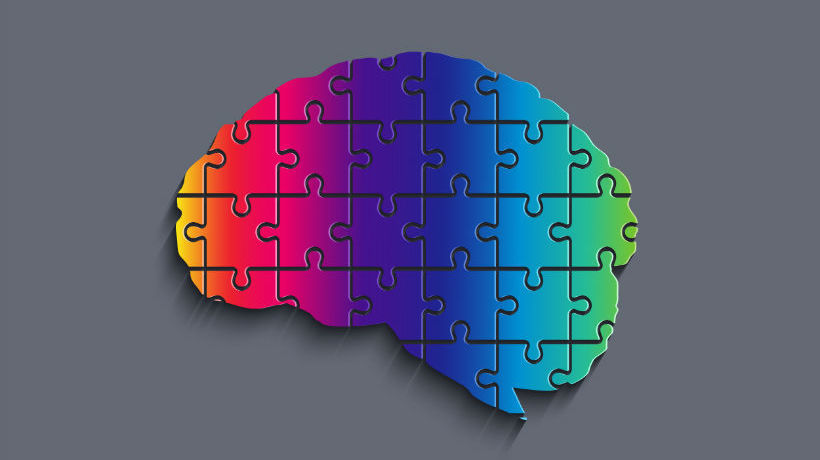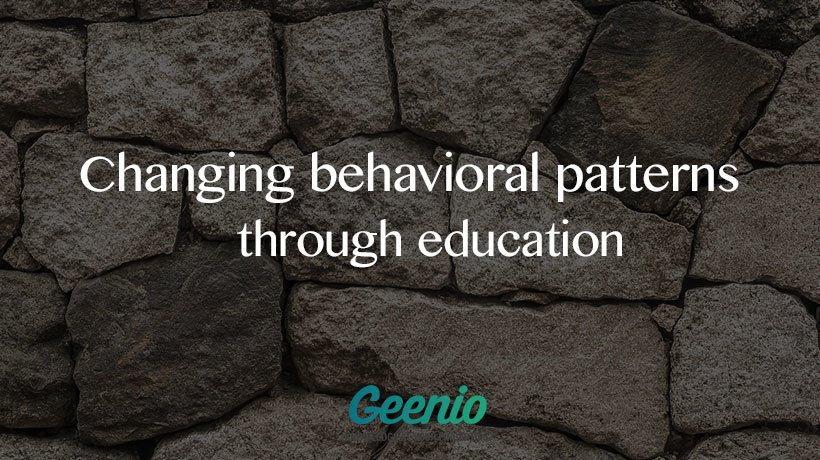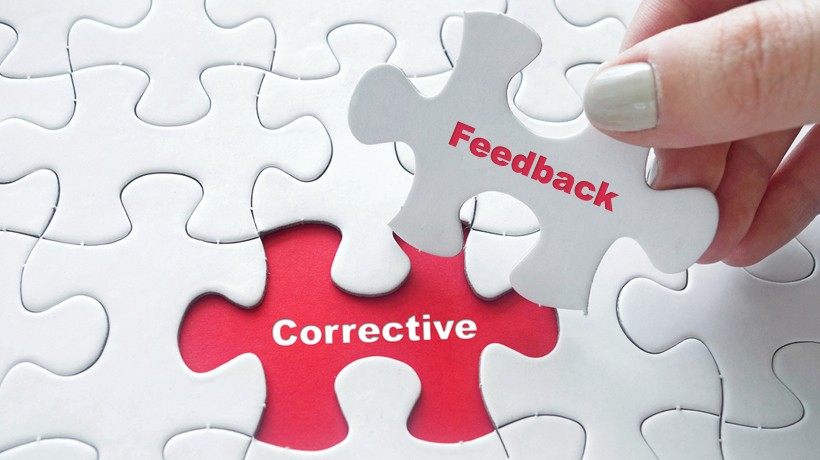July 6, 2016
Designing Effective Online Courses: 10 Considerations
Careful attention to Instructional Design can determine the online learner's experience. This article offers 10 suggestions for creating effective online courses.
by Mary Burns











